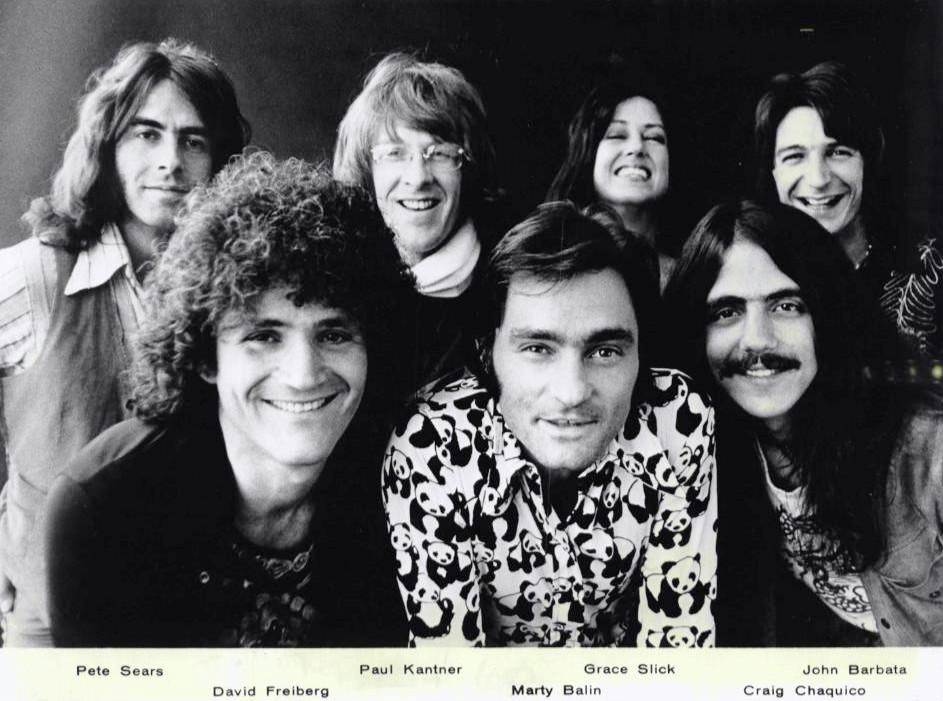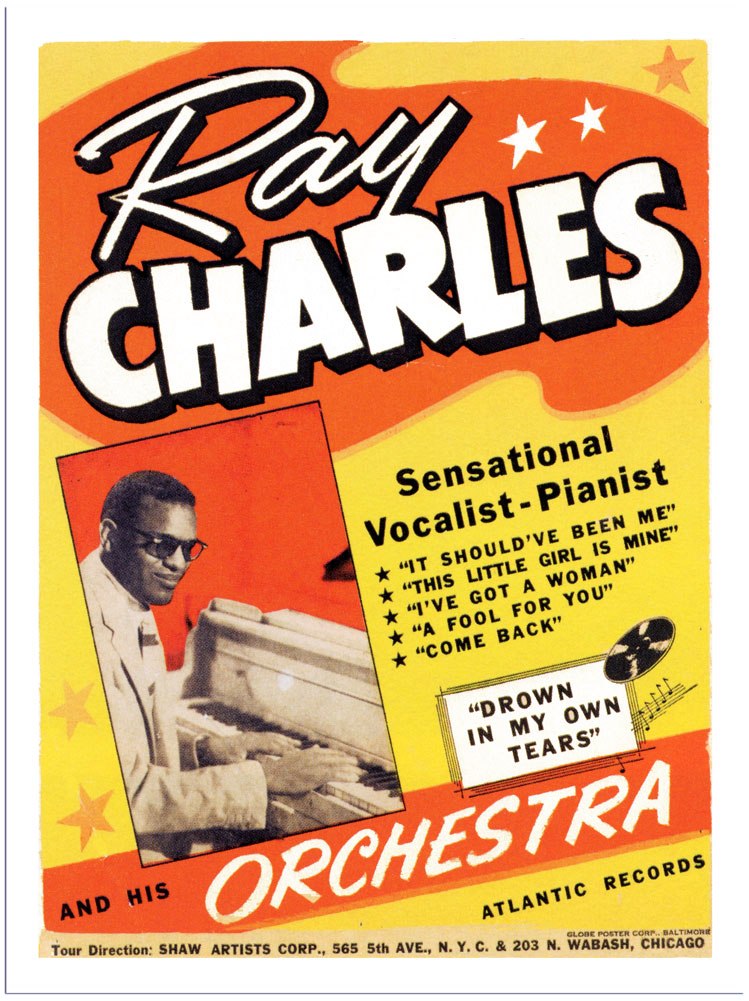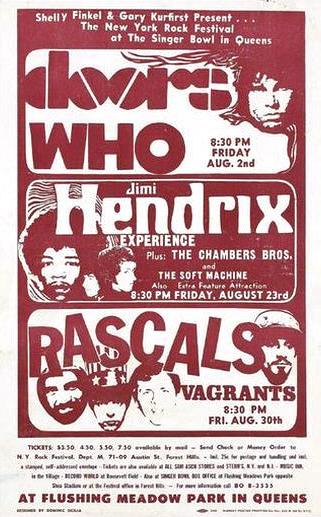There's a dance after the basketball game this Friday. Be there or be square!
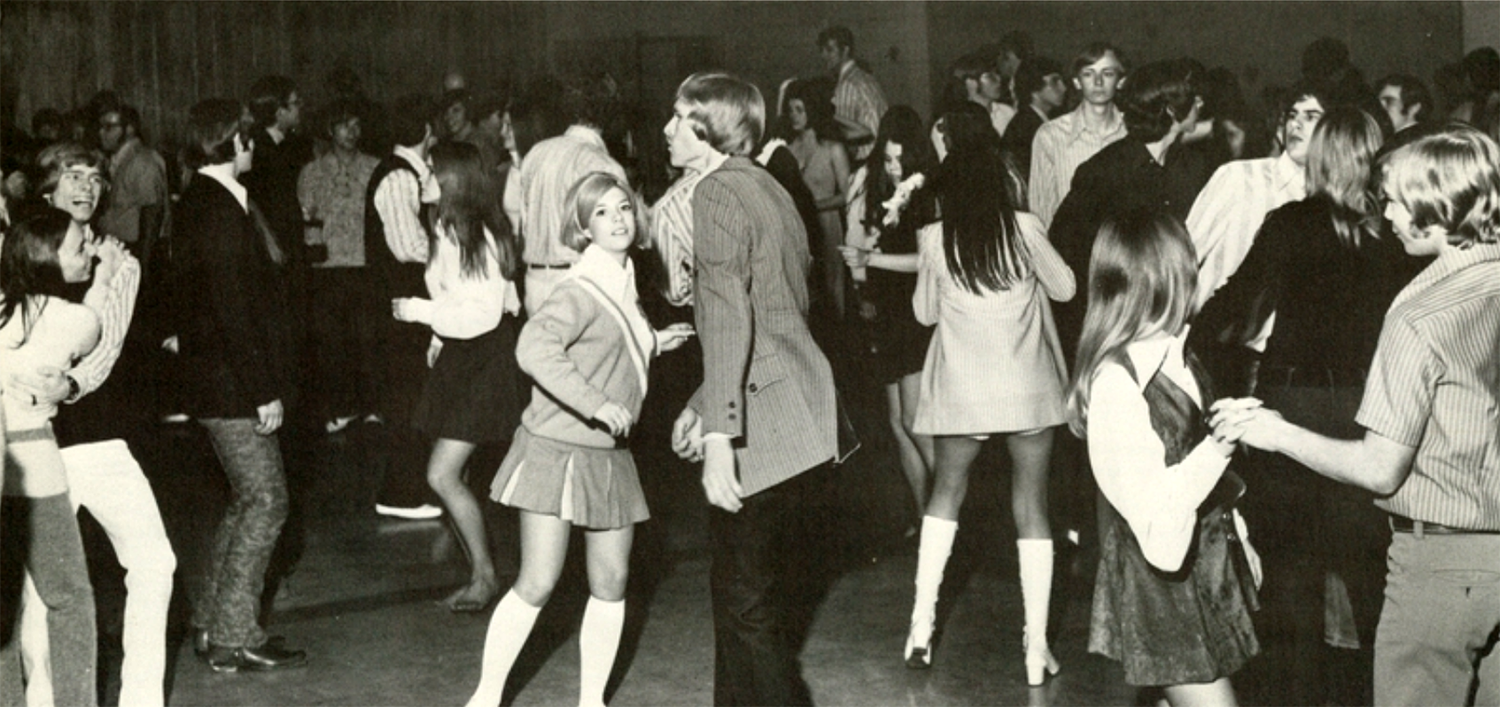
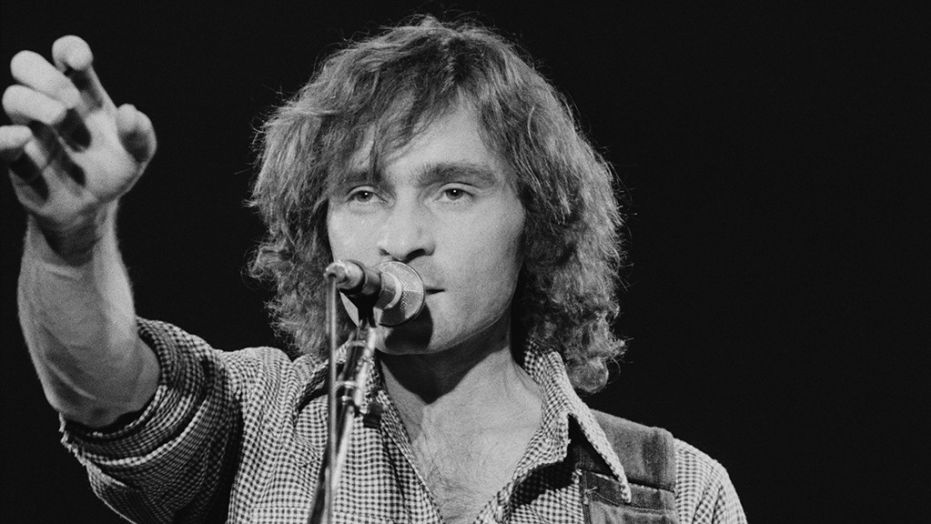 Marty Balin’s influence on rock & roll both in front of the mike and behind the scenes was enormous. He soared to fame during the summer of love as one of the main singer-songwriters for Jefferson Airplane. He passed away over the weekend in Tampa, FL, where had had made his home. The cause of death is, at this time, unknown
Marty Balin’s influence on rock & roll both in front of the mike and behind the scenes was enormous. He soared to fame during the summer of love as one of the main singer-songwriters for Jefferson Airplane. He passed away over the weekend in Tampa, FL, where had had made his home. The cause of death is, at this time, unknown
Born Martyn Buchwald in Cincinnati, Balin got interested in music at an early age. He recorded two singles in 1962 for the small Challenge Records label. It was that label that changed his name to Marty Balin.
Relocating to San Francisco, Balin hooked up with musicians Paul Kantner, Skip Spence, Jack Casady, Jorma Kaukonen and Signe Anderson in 1965. That same year, he and some partners also opened the hugely influential Matrix nightclub that was a launch pad for many Bay Area groups including the Grateful Dead, Big Brother and the Holding Company and Steppenwolf.
Jefferson Airplane became the first of those San Francisco groups to land a contract with a major label, recording their first album for RCA in 1966. Ms. Anderson, one of the Airplane’s lead singers became pregnant and left the band. She was replaced by Grace Slick. Drummer Spence also left and was replaced by Spencer Dryden.
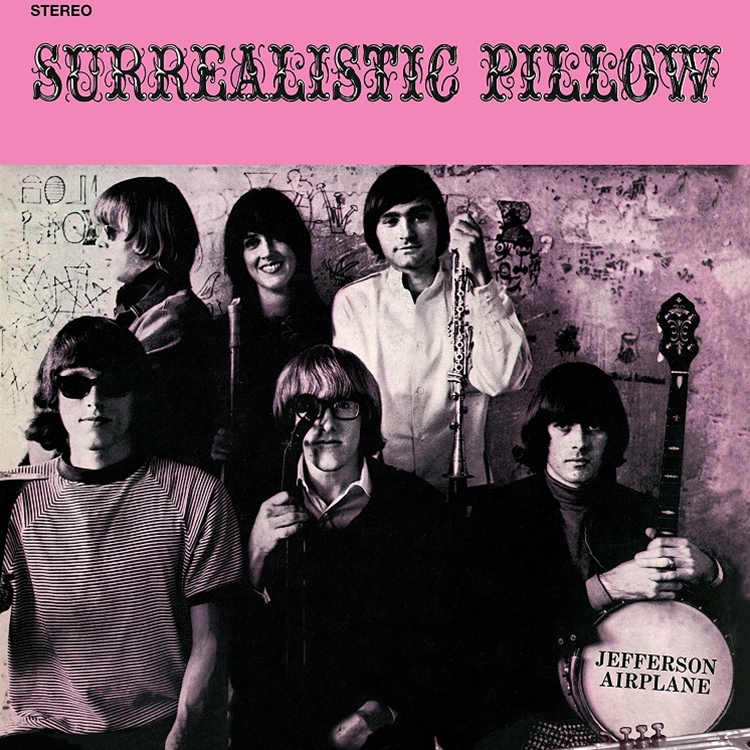 It was the Airplane’s second album, “Surrealistic Pillow,” that catapulted them to superstardom. While Balin was sharing most of the lead vocal duties with Slick, it was Slick’s songs that became the group’s first hits. From then on, the media tended to focus their attention on Slick and who could blame them? In addition to her powerhouse vocals, she was also an extremely good-looking young woman. Tensions within the band escalated until Balin left in 1971.
It was the Airplane’s second album, “Surrealistic Pillow,” that catapulted them to superstardom. While Balin was sharing most of the lead vocal duties with Slick, it was Slick’s songs that became the group’s first hits. From then on, the media tended to focus their attention on Slick and who could blame them? In addition to her powerhouse vocals, she was also an extremely good-looking young woman. Tensions within the band escalated until Balin left in 1971.
The band then renamed themselves Jefferson Starship and continued along. By 1975, Balin had rejoined his old group; and this time, it was his songs that led to their biggest chart successes – “Miracles” “Count on Me,” “Runaway” and “With Your Love.”
Balin left the group again in 1978 avoiding the band’s slide into corporate rock as simply Starship in the 80s.
Balin recorded some solo albums and appeared with his former bandmates in various aggregations, including a full-fledged Jefferson Airplane reunion tour in 1989 and with a reincarnation of Jefferson Starship in the 90’s.
He received a Grammy Lifetime Achievement Award in 2016 and was still writing and singing right into this year.
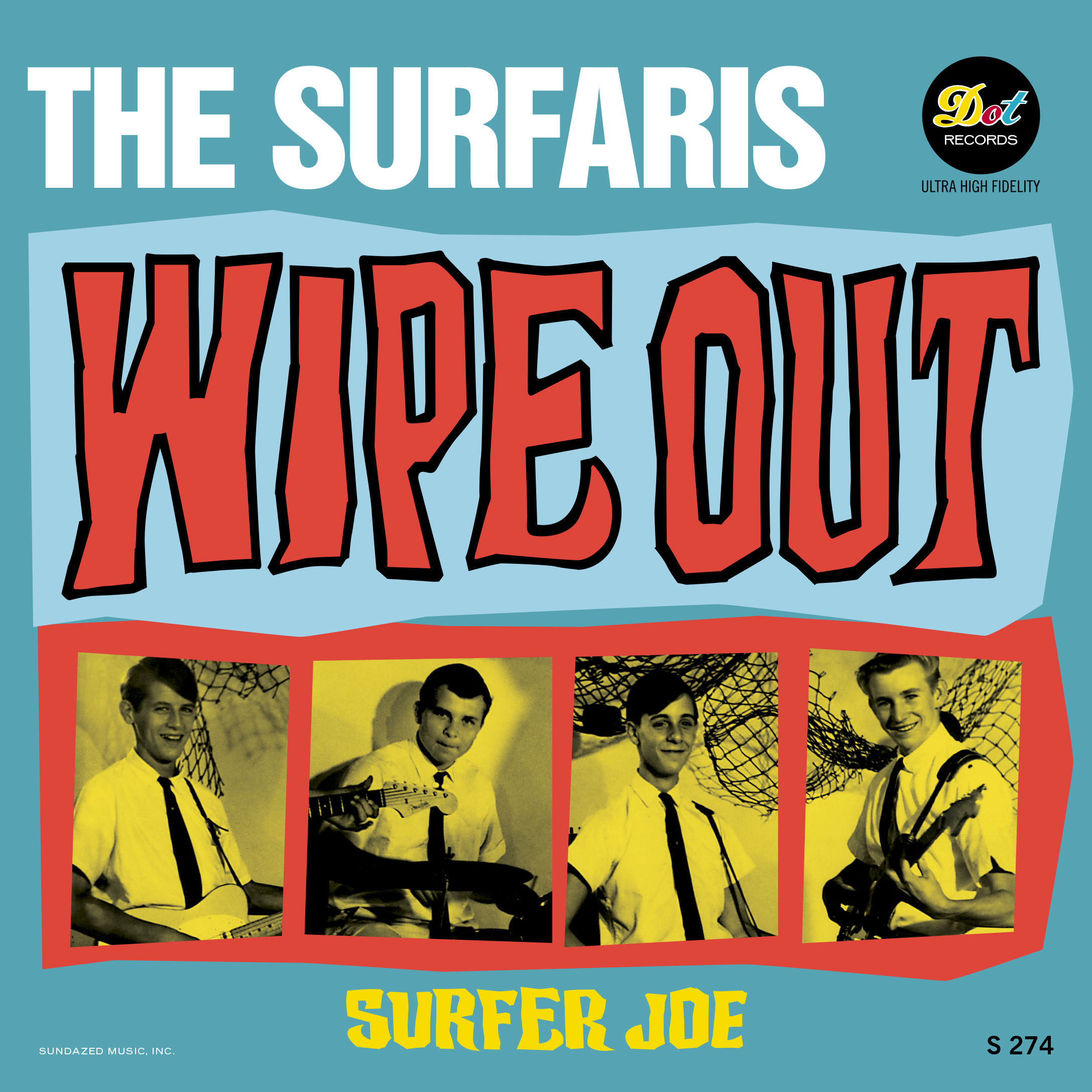 One of the most iconic of all surf instrumentals, “Wipe Out” by the Safaris, almost never came to be.
One of the most iconic of all surf instrumentals, “Wipe Out” by the Safaris, almost never came to be.
The song was composed and recorded on the spot when the band was in the Pal Recording studio in Cucamonga, California. The lads thought their first big smash would be “Surfer Joe,” but they needed something for the single’s B-side.
The band members, Bob Berryhill, Pat Connolly, Jim Fuller and Ron Wilson, launched into an enthusiastic bit of a jam, keyed by Wilson’s energetic drum solo. In keeping with the surf theme of the A-side, the boys christened the tune “Wipe Out” after the term surfers used when one of their own fell off their board in an often-painful way.
For a finishing touch, the band added a sound effect they thought sounded like a surfboard breaking up as well as a maniacal laugh and the expression “wipe out” voiced by the group’s manager, Dale Smallin.
To the Safaris’ surprise, “Surfer Joe” failed to get much airplay. But their throwaway instrumental proved to be a different story. Although the single was released by the tiny DFS label, it attracted the attention of Dot Records, a national label. They bought the rights to the single and released it in the summer of 1963. By fall, it had climbed all the way to #2 on the charts, selling well over a million copies. Even more amazing, the song returned to the Top 20 just 3 years later, reaching #16 in 1966.
It sold still more copies when it was featured on the soundtrack of the 1987 film Dirty Dancing.
Unfortunately, the band was never able to duplicate their initial success. They released only 4 other singles and were soon “gone with the wave.”
But for Baby Boomers, there was once only one true test of a great drummer – could he play the drum solo from “Wipe Out?”
55 years ago this month, 25₵ would have bought you a lot of live entertainment!
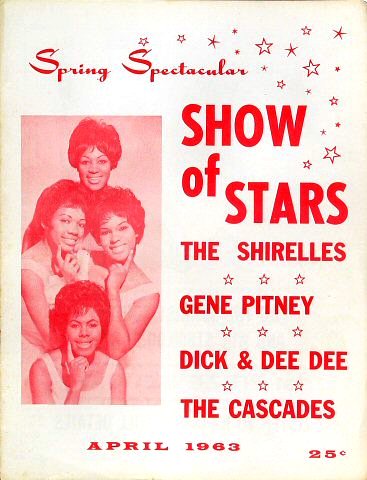
How many Beatles song titles can you find in this picture?

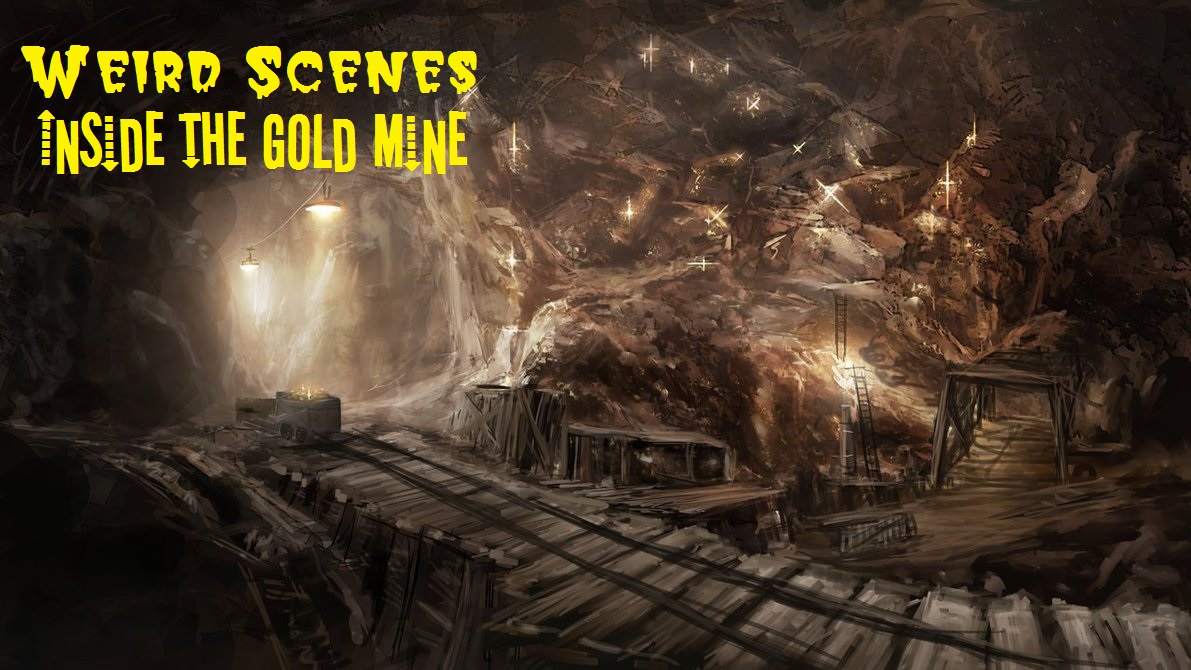
Stories Behind Classic Rock Songs
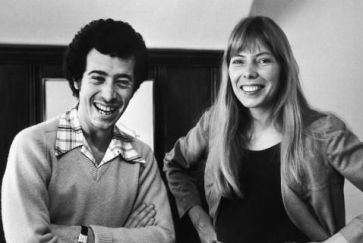
At the height of her career, Joni Mitchell took a trip to Paris with a small group that included the head of her record label, David Geffen. She wrote “Free Man in Paris” about the music mogul shortly after their return.
For his part, Geffen always claimed the lyrics made him sound more unhappy with the music business than he really was.
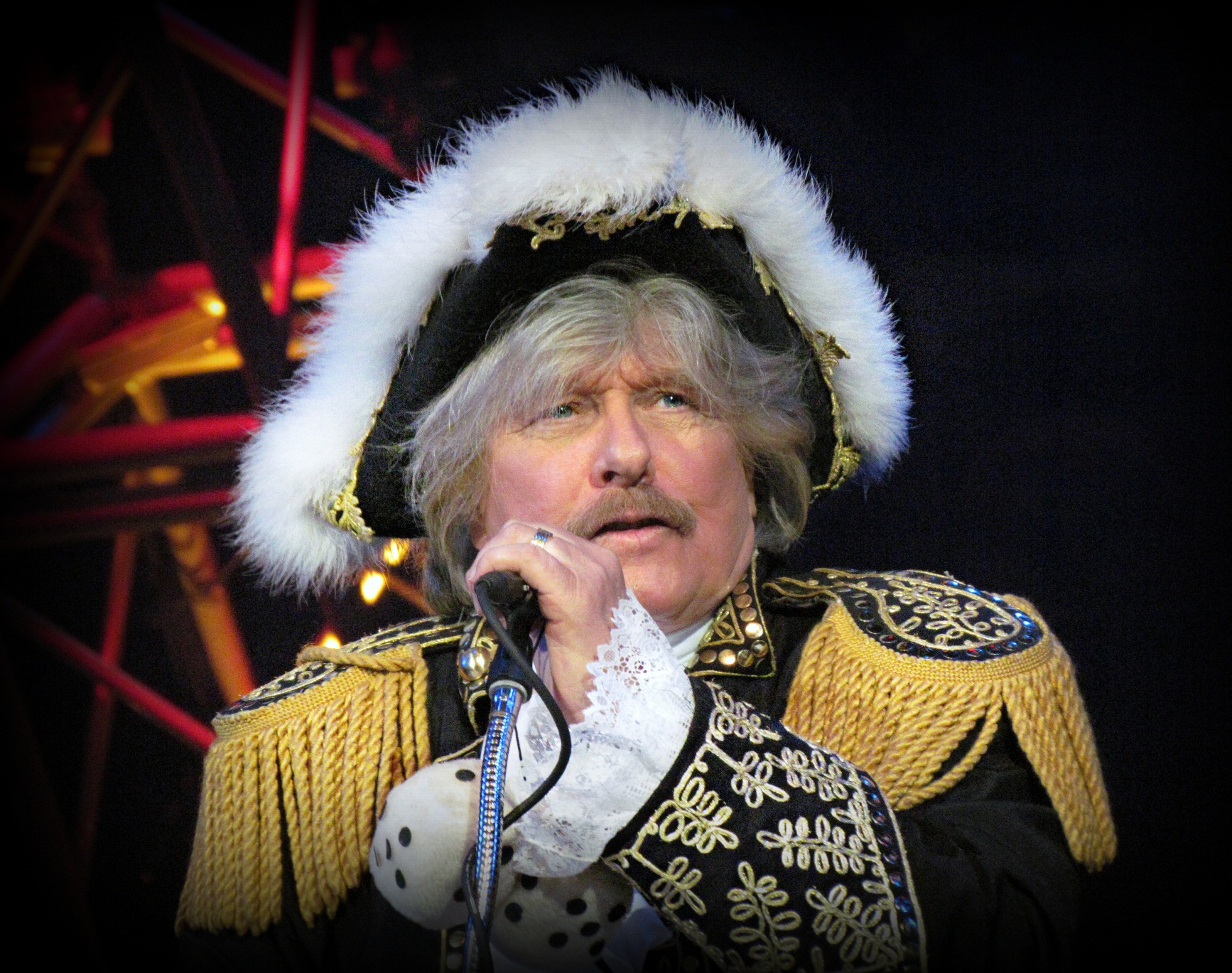 It is with great sadness that we report that Paul Revere, leader of the classic rock band Paul Revere and the Raiders has passed away at 76 after what was reportedly a long battle with cancer.
It is with great sadness that we report that Paul Revere, leader of the classic rock band Paul Revere and the Raiders has passed away at 76 after what was reportedly a long battle with cancer.
The Raiders were among the most popular bands in America during the mid-to-late 1960's with an impressive string of hits that included "Kicks," "Hungry," "Steppin' Out," and many more.
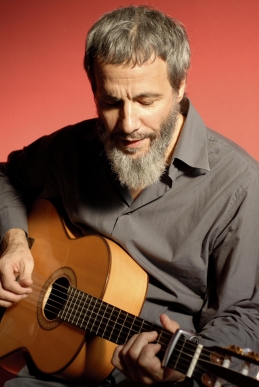 Cat Stevens announced this week that he will begin a six-city tour of North America this December. The singer/songwriter said he will be touring under that name rather than the name Yusef Islam that he has used in the years since he converted to Islam. Stevens also assured his fans that the concert will be filled with the songs that made him a pop music superstar in the 70’s.
Cat Stevens announced this week that he will begin a six-city tour of North America this December. The singer/songwriter said he will be touring under that name rather than the name Yusef Islam that he has used in the years since he converted to Islam. Stevens also assured his fans that the concert will be filled with the songs that made him a pop music superstar in the 70’s.
It marks Stevens’ first U.S. tour in 38 years. Prior to the tour, he is also releasing a new albums of blues tunes, Tell ‘Em I’m Gone (due out Oct. 27th).
Pop Up Player
Latest Posts–Music
-
How Neil Sedaka Helped Create The Super-Group ABBA
Yes, you read that correctly. Neil Sedaka, of “Breaking Up Is Hard to Do” fame, actually played a part in the formation of one of the most popular acts ever in pop music, the Swedish…
-
The Forgotten Giants of Rock: Gene Pitney
A singer who landed 16 songs in the Top 40 and 4 in the Top 10… 22 songs in the British Top 40… a songwriter who penned Top 10 hits for 3 other artists… an…
-
The Story Behind the Song: Sally Go Round the Roses
One of the simplest, yet most haunting songs of the 1960s, “Sally Go Round the Roses” hit right before the start of Beatlemania in August of 1963. The record is credited to a one-hit wonder,…
-
More from the Files of 16 Magazine
Would Frankie ever let his fans down?
-
From the Files of 16 Magazine
Among those oldies but goodies, this heartfelt plea from a fan to Frankie Avalon from 16 Magazine, September, 1960! Frankie’s response follows below.
-
Some Ghosts of Christmas Past...
Besides Woody, how many characters can you name?


